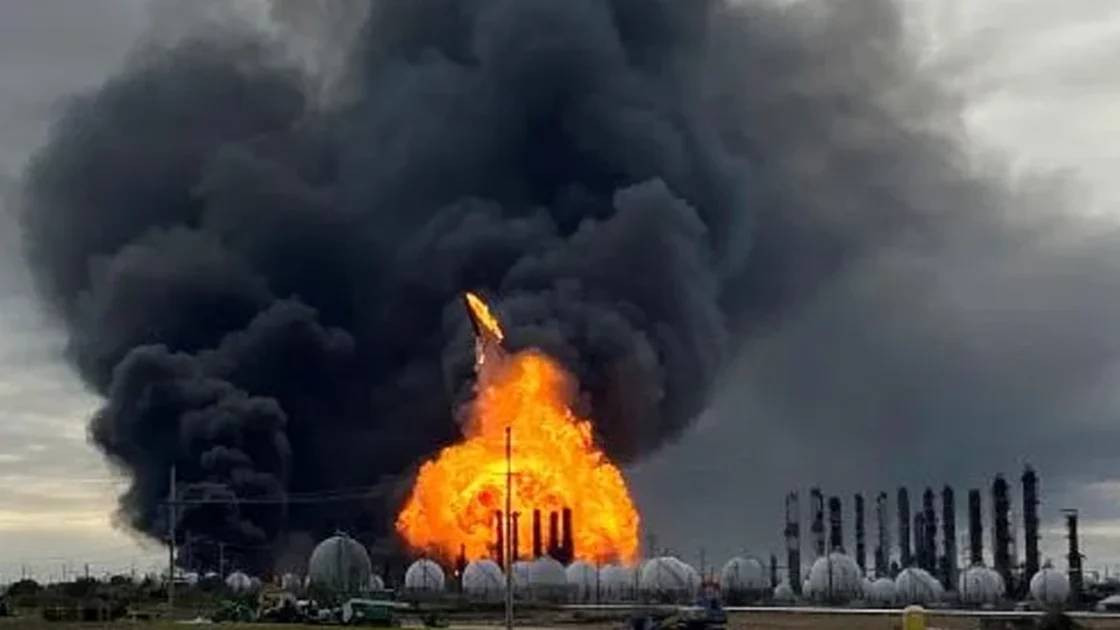- Reuters
- 8 Hours ago
UN drug agency warns of opium shortage amid Taliban ban
-

- DW
- Jun 27, 2024

VIENNA: The United Nations Office on Drugs and Crime (UNODC) warned of opium shortage as its production dramatically fell by 74 per cent last year after the Taliban banned it. Now the agency issued a warning about the more dangerous, synthetic drugs replacing it.
The Taliban ban on opium production in Afghanistan, the world’s biggest supplier of the drug, could drive up the use of synthetic opioids in its stead, consequently increasing overdose deaths, the UN drug agency warned on Wednesday.
Read more: Afghanistan opium poppy supply plummets 95 percent
While the agency said there were still “no real shortages” of the drug in the main destination markets as of yet, it warned that this would become an inevitability should its curtailed production continue.
The opium poppy is the key source of many narcotics, including heroin.
The UNODC is particularly worried that heroin users will instead resort to the use of nitazenes, a type of highly potent, synthetic opioid that leads to overdose deaths. Users could even buy what they think is heroin only for it to have been cut with far cheaper and more potent nitazenes.
Why is it dangerous for nitazenes to replace opium?
Both the UNODC and other drug organisations have warned of the emergence of nitazenes.
“Nitazenes — a group of synthetic opioids which can be even more potent than fentanyl — have recently emerged in several high-income countries, resulting in an increase in overdose deaths,” UNODC said.
Overdose deaths from nitazenes have been reported in Ireland, Britain, Estonia and Latvia, UNODC research chief Angela Me told reporters.
“The purity of heroin on the market is expected to decline,” UNODC noted, warning that “heroin users may switch to other opioids” with those posing “significant risks to health.”
Read more: Myanmar overtakes Afghanistan as top opium producer
Overall, some 292 million people used an illicit drug in 2022, some 20 per cent more than a decade earlier. Of those, 60 million used opioids.
The report also noted a spike in the supply of cocaine, reaching a record high of over 2,700 tons in 2022, up 20 per cent from the previous year.




